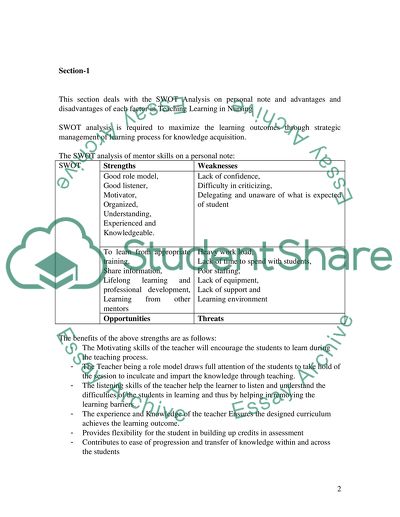Cite this document
(“Teaching Learning in Nursing Assignment Example | Topics and Well Written Essays - 2500 words”, n.d.)
Retrieved from https://studentshare.org/health-sciences-medicine/1518450-teaching-learning-in-nursing
Retrieved from https://studentshare.org/health-sciences-medicine/1518450-teaching-learning-in-nursing
(Teaching Learning in Nursing Assignment Example | Topics and Well Written Essays - 2500 Words)
https://studentshare.org/health-sciences-medicine/1518450-teaching-learning-in-nursing.
https://studentshare.org/health-sciences-medicine/1518450-teaching-learning-in-nursing.
“Teaching Learning in Nursing Assignment Example | Topics and Well Written Essays - 2500 Words”, n.d. https://studentshare.org/health-sciences-medicine/1518450-teaching-learning-in-nursing.


